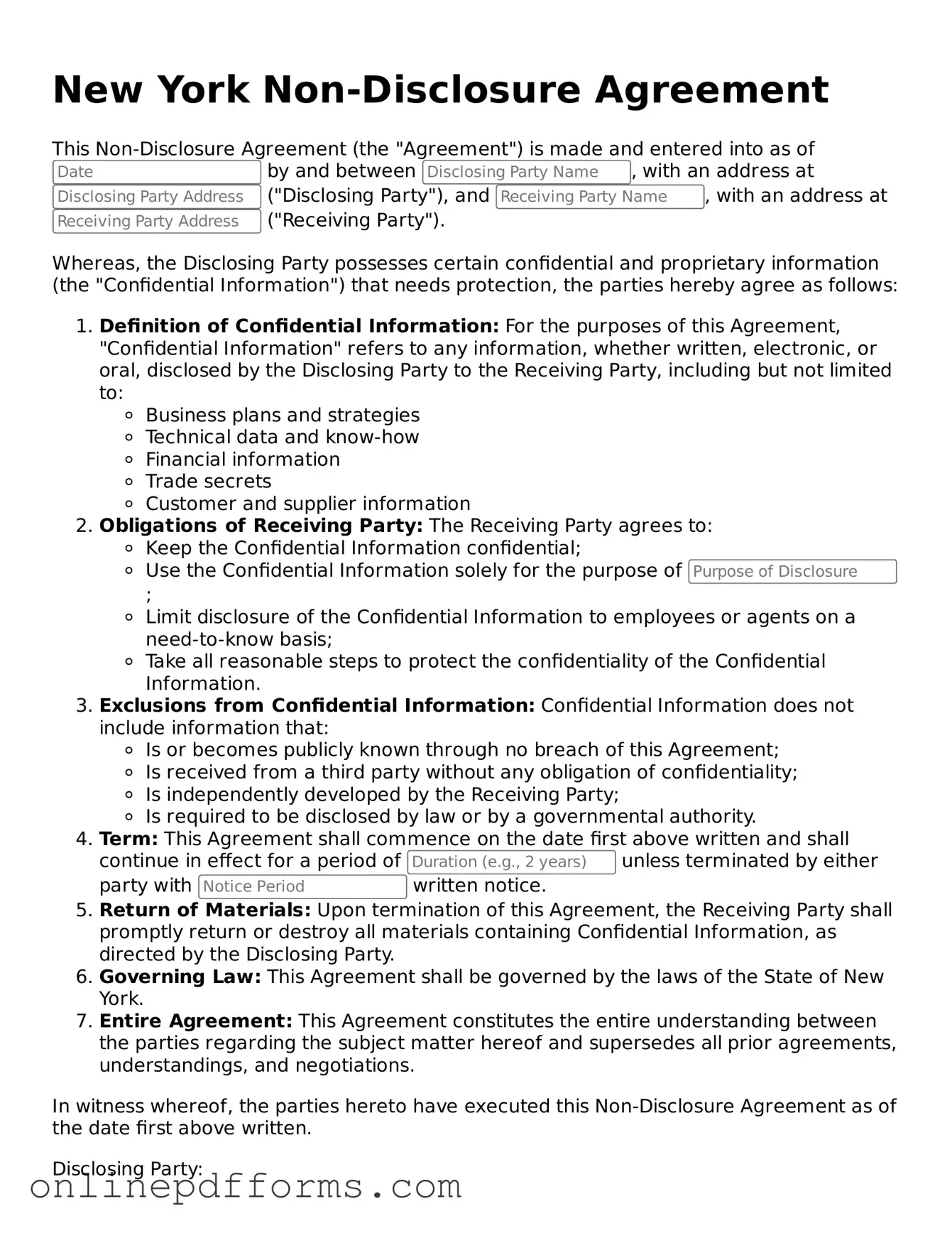A Non-Compete Agreement shares similarities with a Non-Disclosure Agreement (NDA) in that both documents aim to protect sensitive information. While an NDA focuses on confidentiality, a Non-Compete Agreement restricts an individual from engaging in business activities that compete with a former employer. This ensures that proprietary knowledge and trade secrets are not used to gain an unfair advantage in the marketplace. Both agreements typically outline the duration and scope of the restrictions, emphasizing the importance of safeguarding a company’s interests.
A Non-Solicitation Agreement is another document closely related to an NDA. This agreement prevents an individual from soliciting clients or employees of a former employer for a specified period. Like an NDA, it serves to protect a business's relationships and assets. The intent is to ensure that sensitive information about clients or personnel is not misused after employment ends. The structure often mirrors that of an NDA, detailing what is considered confidential and the consequences of violating the agreement.
Confidentiality Agreements, often used interchangeably with NDAs, are designed to protect sensitive information shared between parties. While an NDA is a specific type of confidentiality agreement, the broader category includes various forms of agreements that emphasize the importance of keeping information private. These agreements typically outline what constitutes confidential information, the obligations of the parties involved, and the duration of the confidentiality obligation. They are essential in many business transactions where sensitive information is exchanged.
Employment Agreements frequently include confidentiality clauses similar to those found in NDAs. These agreements outline the terms of employment and often include provisions that protect the employer's trade secrets and confidential information. By signing an employment agreement with confidentiality clauses, employees commit to not disclosing sensitive information learned during their tenure. This helps maintain the integrity of the business and fosters a culture of trust and responsibility.
Finally, a Partnership Agreement can also resemble a Non-Disclosure Agreement in its intent to protect shared information. In a partnership, parties often exchange sensitive data and strategies. A Partnership Agreement typically includes confidentiality provisions that bind partners to keep proprietary information private. This ensures that all partners are on the same page regarding the handling of confidential information, thereby fostering a collaborative and secure business environment.
